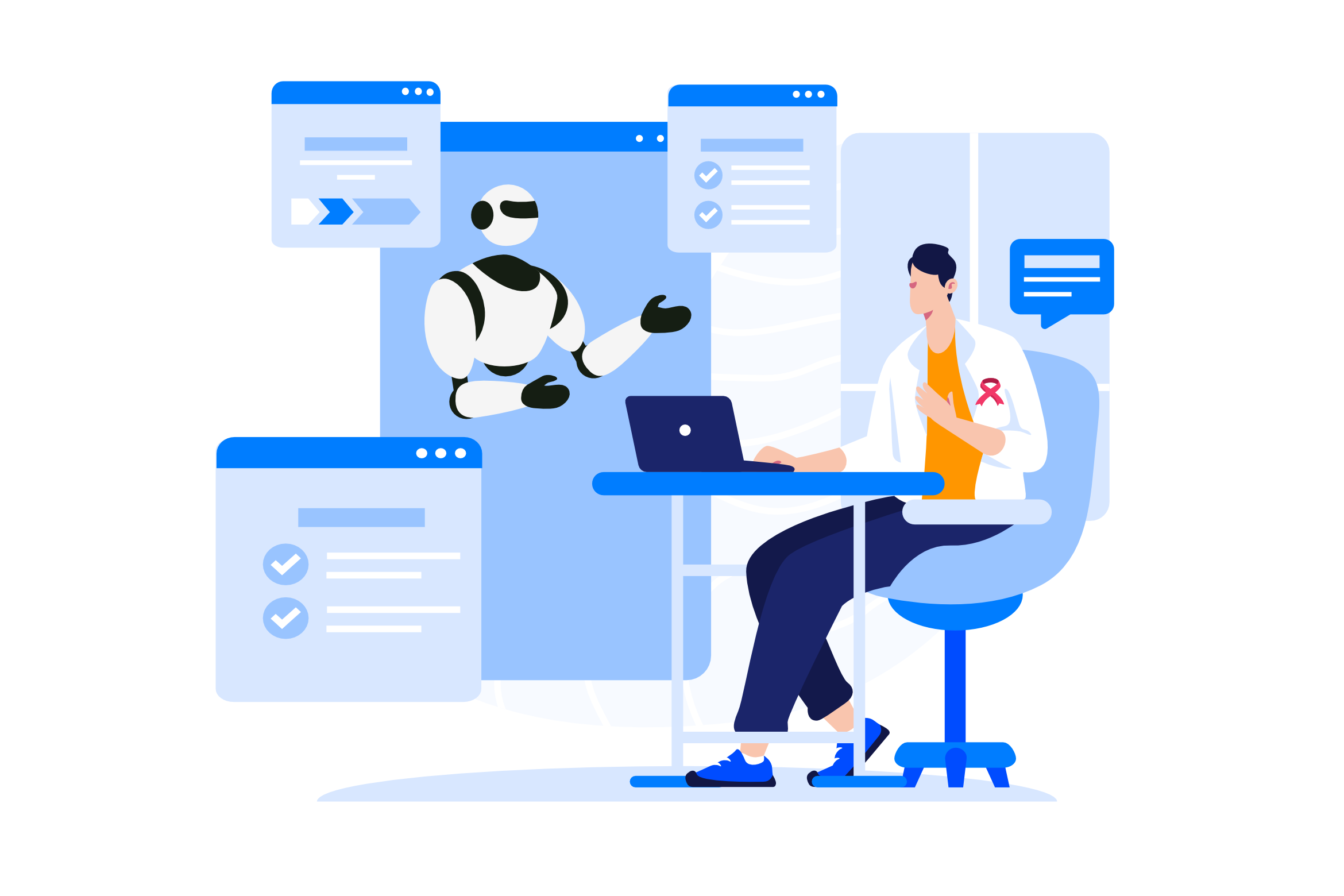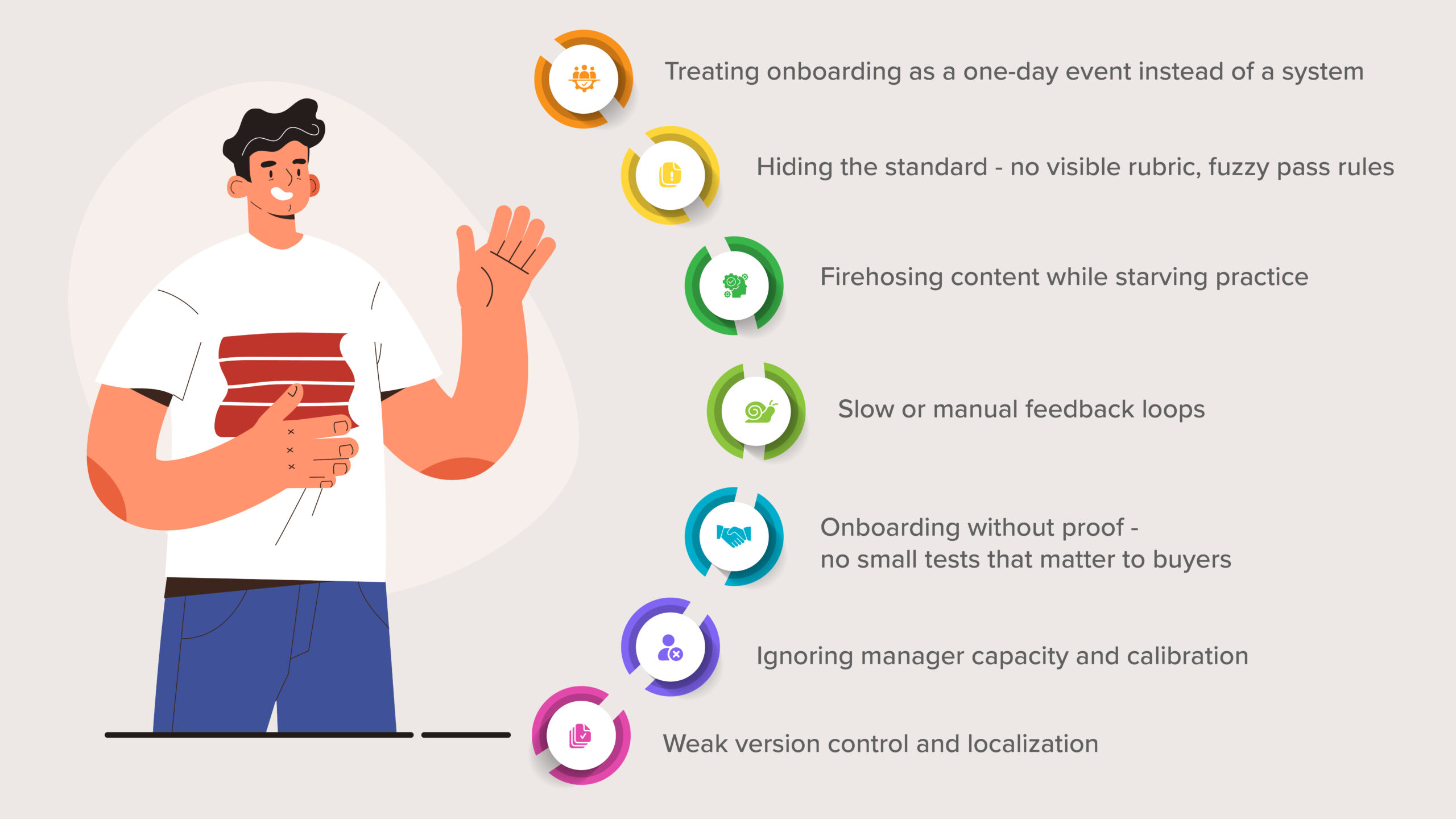Creating Effective AI Role Play Scenarios in Life Sciences: A Step-by-Step Guide

In the evolving landscape of life sciences sales training, creating effective AI role play scenarios is crucial for developing competent commercial teams. Let’s explore a comprehensive approach to developing scenarios that drive meaningful learning outcomes.
Understanding the Scenario Development Process
Foundation Building
- Use actual customer interactions: This helps learners relate to situations they’ll actually encounter
- Base content on common field situations: Makes training immediately applicable
- Include typical customer concerns: Prepares reps for likely objections
- Reflect current market dynamics: Ensures relevance to today’s selling environment
- Incorporate authentic clinical discussions: Builds credibility in healthcare conversations
Structuring the Scenario
Each scenario needs clear components that build a complete learning experience:
- Setting the Context
a. Define the specific situation: Is it a first meeting? A follow-up? A technical discussion?
b. Establish the stage of customer relationship: New prospect or existing customer?
c. Clarify relevant history: Previous interactions, current product usage
d. Set the business environment: Hospital system? Private practice? Academic center? - Customer Background
a. Detail customer profile: Their role, influence level, and decision-making authority
b. Include relevant decision-making factors: Budget constraints, current protocols
c. Outline specific needs: Pain points, challenges, and objectives
d. Define current situation: Competitive landscape, existing solutions - Learning Objectives
a. Specify skills to demonstrate: Clear communication? Technical knowledge?
b. Define knowledge areas: Product features? Clinical data? Value proposition?
c. Establish success criteria: What does “good” look like?
d. Align with training goals: How does this fit into the broader learning journey?
Creating Effective Evaluation Rubrics
Core Components
A well-structured rubric is essential for consistent evaluation:
- Objective Criteria
a. Measurable indicators: Specific behaviors that can be observed
b. Clear scoring guidelines: What constitutes different performance levels
c. Behavioral markers: Observable actions that indicate competency
d. Success thresholds: Minimum acceptable performance levels - Skill Categories (With Examples)
a. Communication effectiveness: Clear messaging, appropriate tone
b. Technical knowledge: Product features, clinical data understanding
c. Problem-solving: Creative solutions, quick thinking
d. Objection handling: Professional responses, evidence-based answers
e. Value proposition: Relevant benefits, customer-specific value - Performance Levels
a. Excellence criteria: What outstanding performance looks like
b. Minimum standards: Basic competency requirements
c. Improvement markers: Progressive skill development indicators
d. Success benchmarks: Target performance levels
Best Practices for Creating Realistic Scenarios
Scenario Development
Structure your approach for maximum impact:
- Chapter-Based Learning
a. Break complex scenarios into digestible parts
b. Create progressive difficulty levels
c. Allow mastery of individual skills
d. Build connected learning experiences - Common Elements
a. Include frequently asked questions from the field
b. Address typical customer objections
c. Present real-world challenges teams face
d. Reflect market-specific situations - Persona Integration
a. Develop distinct customer types: Economic buyers, clinical users, etc.
b. Vary communication styles: Direct, analytical, relationship-focused
c. Account for different priorities: Cost, outcomes, efficiency
d. Reflect various decision-making approaches
Quality Control Measures
Technical Review
Ensure high-quality content through rigorous review:
- Content Accuracy
a. Technical verification: Is all product information correct?
b. Clinical accuracy: Are medical details precise?
c. Compliance check: Does content meet regulatory requirements?
d. Message consistency: Does it align with approved messaging? - Interaction Flow
a. Natural progression: Do conversations feel realistic?
b. Logical paths: Do responses make sense?
c. Appropriate complexity: Is the difficulty level right?
d. Realistic timing: Does the scenario flow naturally?
Implementation Tips for Success
Starting Small
- Select priority scenarios that address immediate needs
- Test with a small group to gather initial feedback
- Monitor early results closely
- Make adjustments based on learner experience
Continuous Improvement
- Regular content updates reflecting market changes
- Performance data analysis to identify gaps
- User feedback integration for relevance
- Ongoing refinements to improve learning outcomes
Looking Ahead
The future of AI role play scenarios depends on balancing technological capabilities with fundamental training principles. Success requires:
- Maintaining authentic, relevant content
- Ensuring clear learning objectives
- Creating fair evaluation criteria
- Implementing robust quality controls
Remember: The goal is creating scenarios that not only teach but engage and build confidence. Focus on quality, authenticity, and continuous improvement to develop powerful learning tools that drive real commercial success.
Related Posts
AI Roleplays in Oncology: Lessons, Barriers, and Nuances in Field Insights
AI Roleplays in Oncology: Lessons, Barriers, and Nuances in Field Insights The Modern Oncology Training Dilemma The gap between training...
Get Faster Onboarding & Continuous Learning with AI roleplay for Sales
How AI Roleplay in Sales Is Transforming Onboarding and Continuous Learning New hires do not fail because they cannot memorize...
Top 5 AI Roleplay platforms for Sales Enablement in 2025
Top 5 AI Roleplay platforms for Sales Enablement in 2025 AI roleplay is no longer a novelty. It provides reps...
Looking for a sales training software that takes your sales training to a whole new level?
Explore SmartWinnr’s Learning and Gamification features. Learn how to run fun and engaging sales training and sales coaching for your team through SmartWinnr.
Curious to learn more about it? Book a demo today!
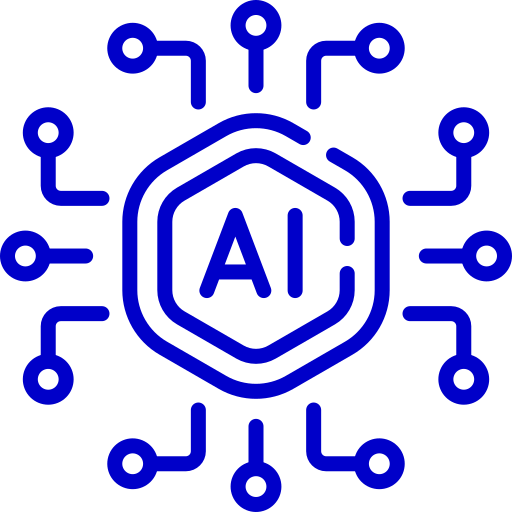 Two way AI Role Plays
Two way AI Role Plays Targeted Learning
Targeted Learning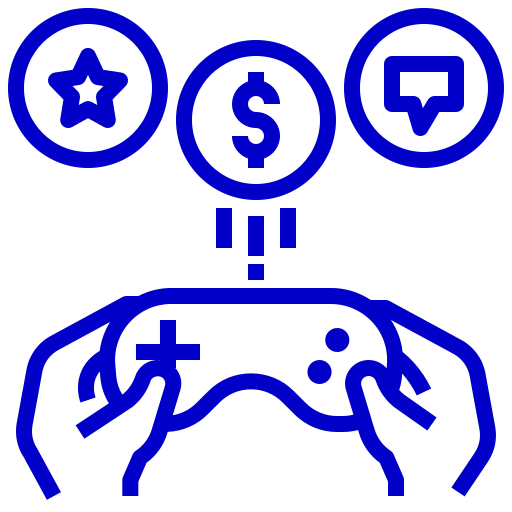 Gamification
Gamification Sales Coaching
Sales Coaching Sales Contest
Sales Contest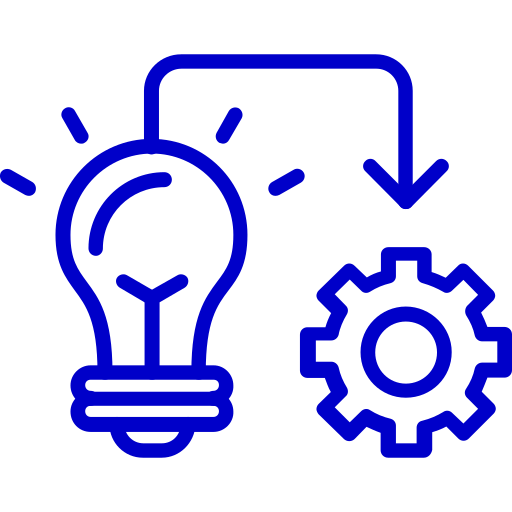 Implementation
Implementation Consulting
Consulting Enterprise Ready
Enterprise Ready Pharmaceuticals
Pharmaceuticals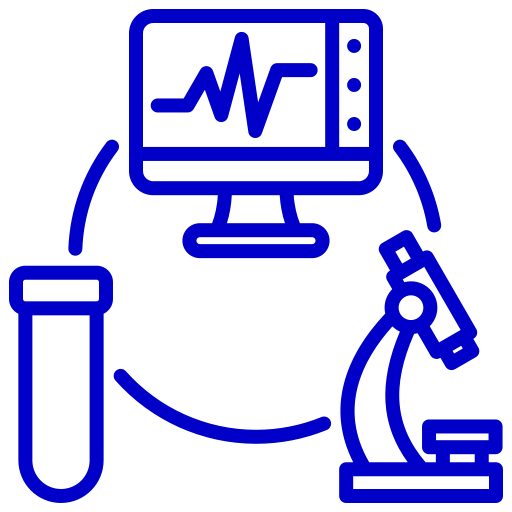 Medical Devices
Medical Devices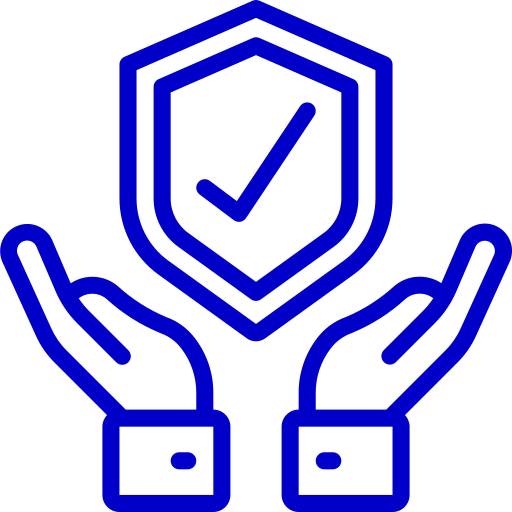 Insurance
Insurance Banking
Banking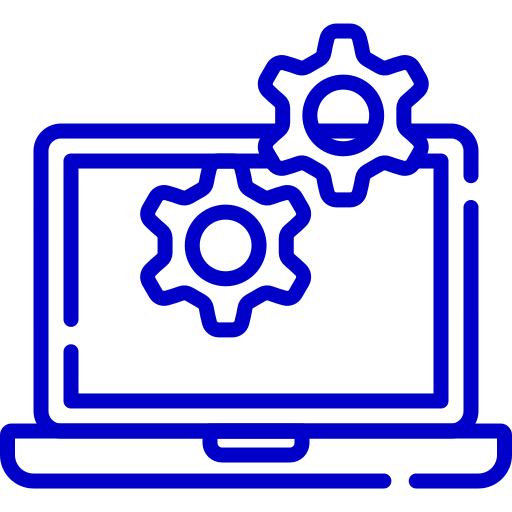 Technology
Technology Senior Living
Senior Living Sales
Sales Call Centers
Call Centers Marketing
Marketing Improve Sales Productivity
Improve Sales Productivity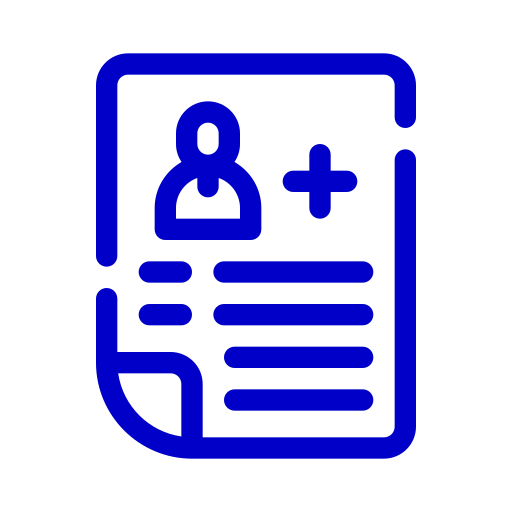 New Hire Onboarding
New Hire Onboarding New Product Launch
New Product Launch Channel Partner Training
Channel Partner Training Sales Events
Sales Events Success Stories
Success Stories Whitepapers and eBooks
Whitepapers and eBooks Contest Template Designer Tool
Contest Template Designer Tool Sales Training
Sales Training Gamification
Gamification All Blogs
All Blogs